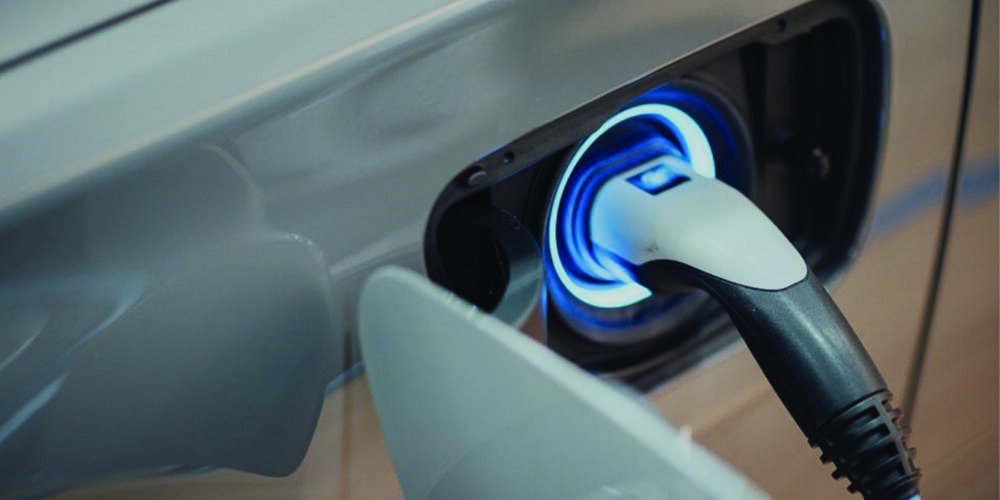Should the EPA keep the cans out of the hands of DIYers?
In preparation of the latest A/C refrigerant developed for new vehicles, the Natural Resources Defense Council (NRDC) filed a petition with the U.S. Environmental Protection Agency (EPA) in late April to restrict the sales of A/C refrigerants to anyone other than certified technicians. This would include the newly developed HFC-1234yf being used in new production vehicles.
This wouldn’t be the first time an A/C refrigerant was restricted from the do-it-yourself (DIY) vehicle owner. In the early 1990s when R-134a came on the scene as a replacement to R-12 refrigerants, the EPA, under Section 609 of the Clean Air Act, prohibited the sale of small cans (less than 20 pounds) of CFC-12 to anyone other than an EPA-certified technician.
Back then, the EPA’s decision was three-fold: 1) to reduce the risk of cross-contaminating refrigerants and lubricants in order to maintain the cooling capacity, efficiency and reliability of refrigeration and air conditioning equipment; 2) to encourage the recovery and recycle of refrigerants by avoiding the cost of cleaning up contaminated refrigerants; and 3) to discourage owners of refrigeration and air conditioning equipment from undertaking ill-advised do-it-yourself recharge of leaking systems and significantly reduce the use and emissions of CFCs and CFC substitutes.
Following the introduction of HFC-134 into vehicles in the 1990s, the EPA in 2004 chose not to restrict the sales of the product in small cans to the general public. However, according to the NRDC, EPA data indicates that about half of the HFC-134a sold today for mobile A/C systems is used by DIY car owners to service only about 10% of vehicles on the roads. The remaining half of 134a sales is by automotive professionals servicing the other 90% of vehicles needing A/C service. Therefore, if all vehicles were professionally serviced, total service emissions would be reduced by about 40-45%.
In its petition to the EPA, the NRDC argues that professional service is able to achieve this improved efficiency because those shops have proper tools including refrigerant recovery equipment, sophisticated leak detectors, and service bulletins and instructions for each vehicle, including the proper charge size.
DIYers rarely own or have access to any of these tools and most often merely recharge leaking systems without repair as frequently as necessary to maintain cooling, leading to higher total emissions.
This DIY strategy has the appearance of immediate savings compared to professional service, but often is more costly in the long run because improperly charged systems consume more gasoline, and under-charged systems and systems where oil has leaked out refrigerant, will wear out more rapidly and require costly replacement of parts such as the compressor.
While the EPA decided against restricting A/C refrigerant to consumers, the California Air Resources Board proposed a retail sales ban a few years back. That proposal, however, was rejected based on minimal environmental benefits and the adverse impact such action would have on the state’s low-income families.
The NRDC said there is another compelling reason to ban the sales of HFC-134a for all but professional service — to avoid the recharge of mobile A/C systems designed for the new HFC-1234yf refrigerant with a lower cost HFC-134a product.
HFC-134a has a market price of about $12 to $18/kg when sold in small 500-gram cans typically purchased by DIYers. HFC-1234yf has an expected chemical production cost of $40 to $50/kg, which would be $60 to $90 per small 500-gram can at the current markup.
This price difference might be an incentive to switch back to HFC-134a the first time the vehicle is serviced, with a consequence of higher subsequent GHG emissions. The recharge with HFC-134a of vehicle designed and labeled for HFC-1234yf will increase the frequency of refrigerant contamination when these vehicles are later serviced.
Cross-contamination of refrigerants increases the cost of service because the mixed refrigerant must be removed from vehicles and from recovery/recycle equipment, at a high cost and inconvenience.
Do you agree with the NRDC that cross-contamination will be a problem in future A/C systems? Do you think all refrigerants be off limits to DIYers?
Email us your comments at [email protected].













